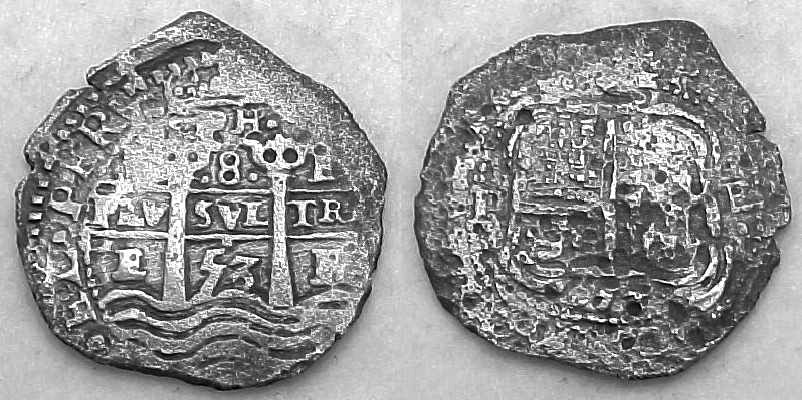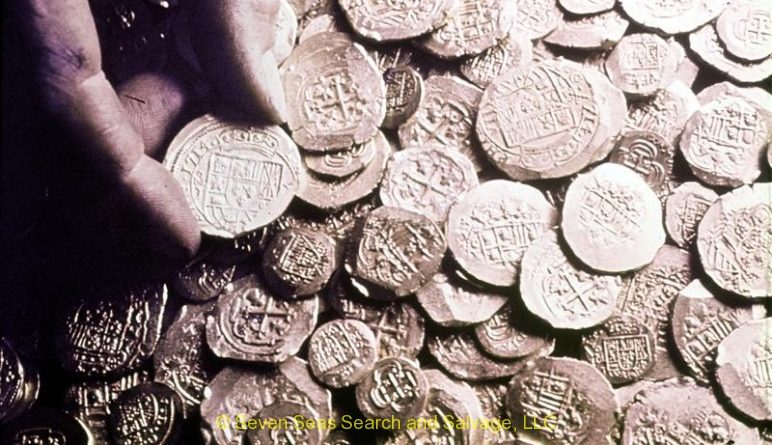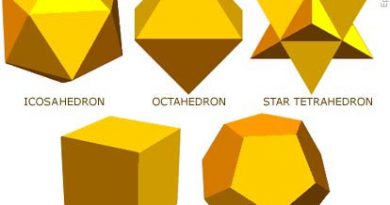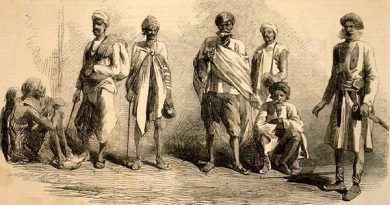The Treasure of Maravilla
Source : http://unmyst3.blogspot.com/2011/06/treasure-of-maravilla.html
www.newworldtreasures.com/maravillas.htm
http://www.sedwickcoins.com/shipwreck_histories/maravillas.htm
Maravillas, sunk in 1656 off Grand Bahama Island
As the almiranta (admirals ship, or rear guard) of the homebound Spanish fleet in January of 1656, the Nuestra Señora de las Maravillas was officially filled with over five million pesos of treasure (and probably much more in contraband, as was usually the case). That treasure included much of the silver salvaged from the South Seas Fleets Capitana of 1654 that wrecked on Chanduy Reef off Ecuador (see above). The ill-fated treasure sank once again when the Maravillas unexpectedly ran into shallow water and was subsequently rammed by one of the other ships of its fleet, forcing the captain to try to ground the Maravillas on a nearby reef on Little Bahama Bank off Grand Bahama Island. In the ensuing chaos, exacerbated by strong winds, most of the 650 people on board the ship died in the night, and the wreckage scattered. Spanish salvagers soon recovered almost half a million pesos of treasure quickly, followed by more recoveries over the next several decades, yet with over half of the official cargo still unfound.
The first re-discovery of the Maravillas in the 20th century was by Robert Marx and his company Seafinders in 1972, whose finds were featured in an auction by Schulman in New York in 1974. Included among the coins in this sale were some previously unknown Cartagena silver cobs of 1655 and countermarked Potosí coinage of 1649-1651 and 1652 Transitionals, in addition to many Mexican silver cobs and a few Bogotá cob 2 escudos. The second big salvage effort on the Maravillas was by Herbert Humphreys and his company Marex in the late 1980s and early 1990s, resulting in two big sales by Christies (London) in 1992 and 1993, featuring many Bogotá cob 2 escudos, in addition to more Mexico and Potosí silver cobs and several important artifacts. The most recent sale of Maravillas finds, presumably from one of the many salvage efforts from the 1970s and 1980s, took place in California in 2005, again with a good quantity of Bogotá cob 2 escudos. The wreck area is still being searched today, but officially the Bahamian government has not granted any leases on the site since the early 1990s. It is possible the bulk of the treasure is still to be found!
Legend said the Maravilla was cursed. She sank in January of 1656, the Nuestra Señora de las Maravillas was officially filled with over five million pesos of treasure. That treasure included much of the silver salvaged from the South Seas Fleet’s Capitana of 1654 that wrecked on Chanduy Reef off Ecuador. The ill-fated treasure sank once again when the Maravillas unexpectedly ran into shallow water and was subsequently rammed by one of the other ships of its fleet, forcing the captain to try to ground the Maravillas on a nearby reef on Little Bahama Bank off Grand Bahama Island. Over six hundred lost their lives while the lucky forty-five escaped the curse and returned to Spain to tell the story.
Finally, Marx know what really happened after the fleet, based on various documents he had read. It was New Year’s Day January 4th, 1656 a fleet led by the Maravilla left Havana Harbor. For all the ships returning to Spain from the New World, the last stop was Havana and then up through the straits of Florida. They would try to spot what is now Cape Canaveral and then they knew they were far north enough to head for the northeast, Bermuda, the Azores, and home. Unfortunately, the whole fleet turned to the northeast too soon. They didn’t see the Cape but assumed they were far enough north, but were really 50 miles further south. It was a disaster. After midnight and all passengers were asleep when a lookout realized they were in less than 20 feet of water off Little Bahama Bank. The captain ordered a cannon to be fired to warn the other ships and then all hell broke loose. One of the other ships hit the Maravilla on the side and put a large hole in it. The captain tried to get the ship up higher on the bank but it hit a reef and broke into two pieces.
Marx says that although they were not far from land, many people in those days did not know how to swim. Even those who could had such heavy clothing it held them back. Over six hundred people on board the ship died in the night, and the wreckage scattered. Spanish salvagers soon recovered almost half a million pesos of treasure quickly, followed by more recoveries over the next several decades, yet with over half of the official cargo still unfound.
In 1968 Marx intensified his search for Maravilla. From the Spanish documents, he knew he had 36,000 square miles of ocean to search, and while he was combing the bottom of the sea he saw sixty other ancient wrecks. His optimism never wavered and he awoke every morning thinking it might be the day the Maravilla would be found. Finally, on August 1972, was the climax of a twelve year search. He observed one of his magnetometer apparently hit something. After removed about thirty feet of sand away, the first thing he found was a cannon ball. He took his hammer and knocked the core off and saw the English broad arrow mark which showed it was British property. While he removed the sand from a second spot, he opened there were thousand of silver and gold coins, jewelry and candlesticks. It was the Maravilla.
Marx also soon discovered that the main part of the Maravilla was 6 to 8 miles south and parts of the wrecks were spread out over 15,000 square mile area. Many hurricanes over the years had moved the pieces and deposited 30 feet of sand on top. Among of the first items he found was an eighty-pound silver bar with the name of the ship’s captain on it. There were porcelain bowls and other items from China. Also smuggled pieces such as twenty-five-pound solid gold bar with no markings.

After 15 years, Marx made arrangements with other divers that were not banned by the government of the Bahamas. Memphis-based Herbo Humphries and his company, Marex, have worked the wreck with their ship, Beacon and have brought up millions in gold, jewels and other artifacts, with Marx receiving a percentage of the profits. He said, “I’ve found multi-millions on the Maravilla, but there were many debts to investors, the governments of the Bahamas and then Spain stepped in, it’s been both a blessing and a curse.
Discuss article



